Optimal Timing for Waterproofing Applications
Waterproofing is a critical process to protect structures from water intrusion, which can lead to damage, mold growth, and structural deterioration. Proper timing ensures maximum effectiveness and longevity of waterproofing measures. Understanding seasonal weather patterns and environmental conditions is essential for scheduling applications at the most advantageous times.
Spring offers moderate temperatures and less rainfall, making it suitable for waterproofing projects before heavy summer rains.
Summer can be challenging due to high temperatures and humidity, which may affect curing times and adhesion of waterproofing materials.
Fall provides cooler temperatures and dry weather, ideal for sealing and waterproofing before winter.
Winter is generally unsuitable for waterproofing due to freezing temperatures and moisture exposure, which hinder proper application and curing.

Ways to make Waterproofings work in tight or awkward layouts.
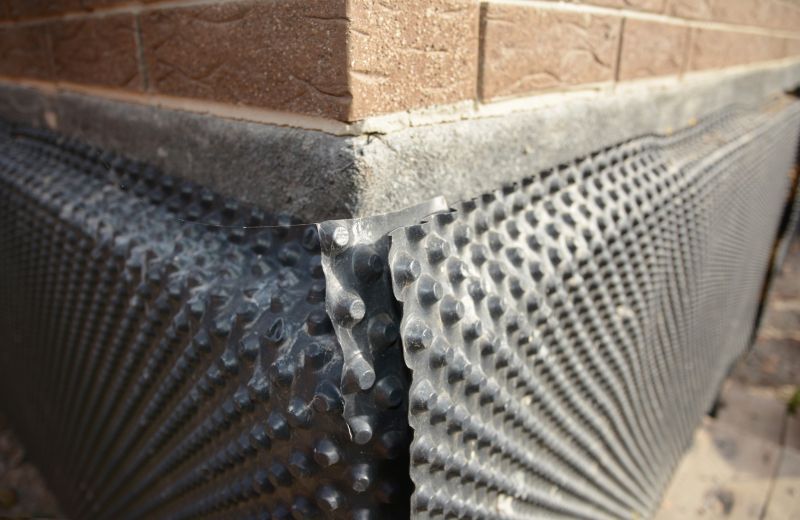
Popular materials for Waterproofings and why they hold up over time.
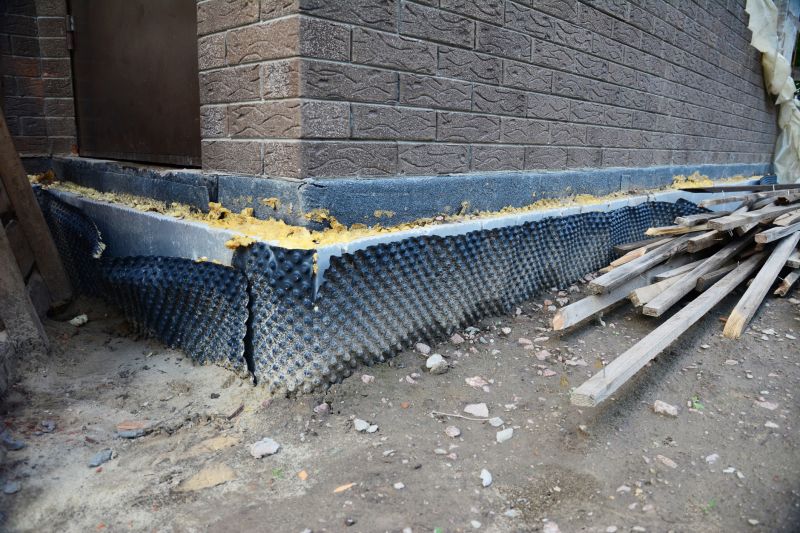
Simple add-ons that improve Waterproofings without blowing the budget.

High-end options that actually feel worth it for Waterproofings.
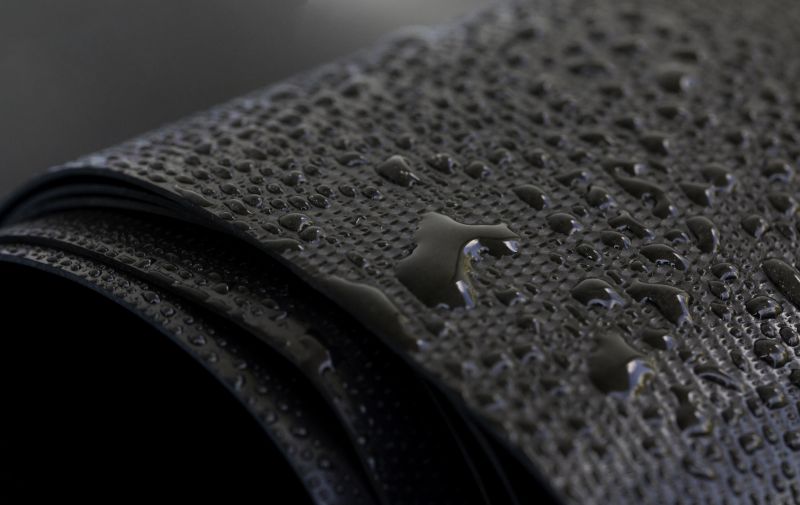
Finishes and colors that play nicely with Waterproofings.
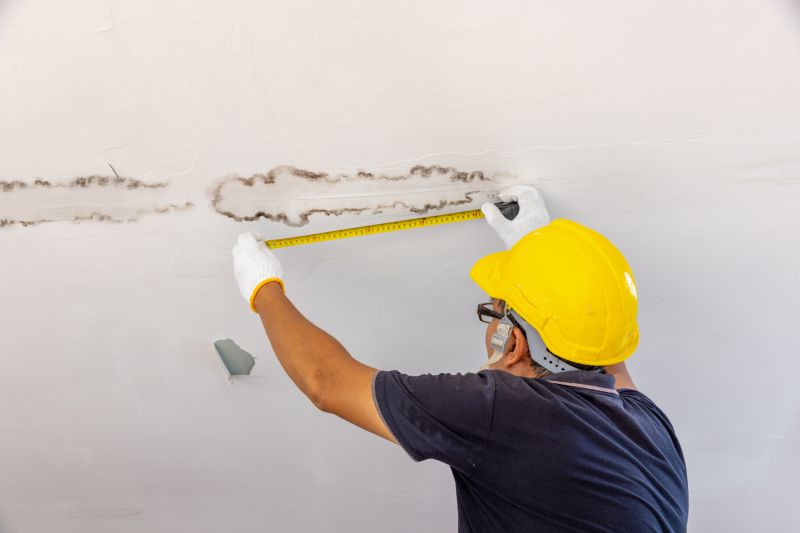
Little measurements that prevent headaches on Waterproofings day.
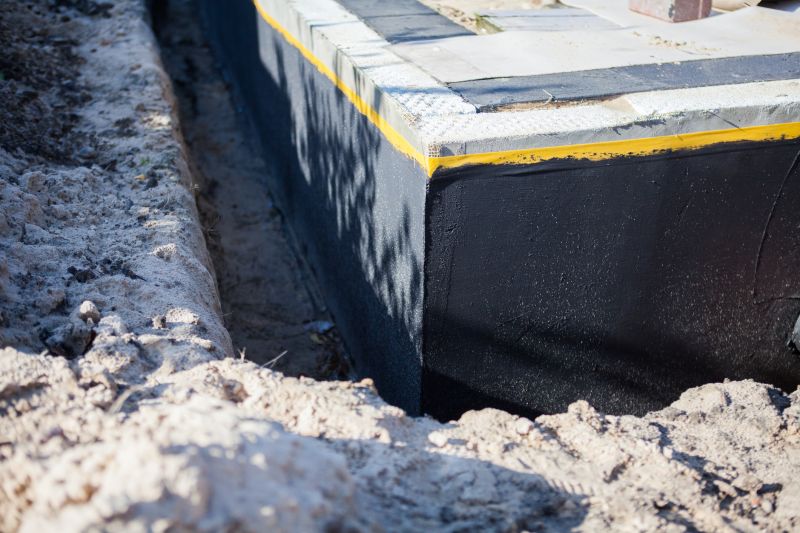
A 60-second routine that keeps Waterproofings looking new.

A frequent mistake in Waterproofings and how to dodge it.
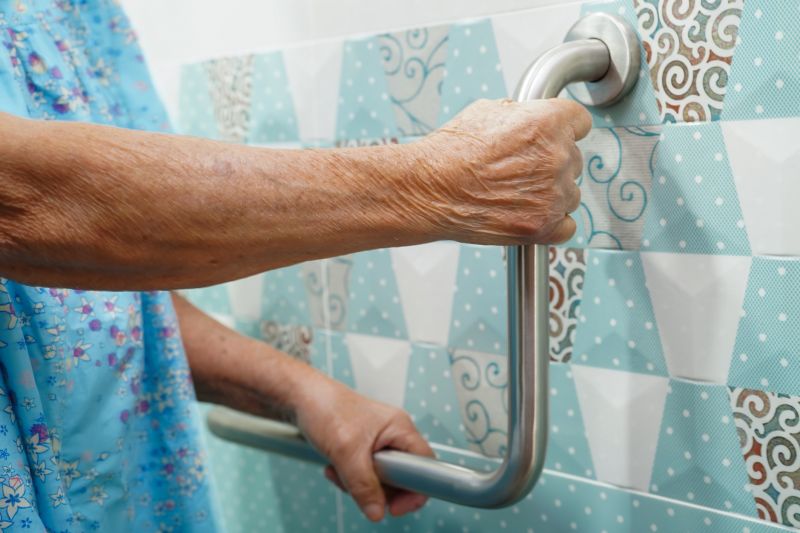
Small tweaks to make Waterproofings safer and easier to use.
| Season | Recommended Conditions |
|---|---|
| Spring | Moderate temperatures, less rain, ideal for waterproofing |
| Summer | High temperatures and humidity may hinder application |
| Fall | Dry and cool, suitable for waterproofing projects |
| Winter | Freezing temperatures and moisture exposure make waterproofing unsuitable |
Waterproofings are essential for protecting buildings against water infiltration, which can cause significant structural damage and health issues. Proper application during optimal weather conditions enhances adhesion and durability of waterproofing materials. Advances in waterproofing technology include liquid membranes, sheet membranes, and sealants designed for various surfaces and environments.
Statistics indicate that water-related damages account for a substantial percentage of property repairs annually. Timely waterproofing can significantly reduce maintenance costs and extend the lifespan of structures. Regular inspections and timely reapplications are recommended to maintain effective water barriers and prevent costly repairs.

Lower-waste or water-saving choices for Waterproofings.
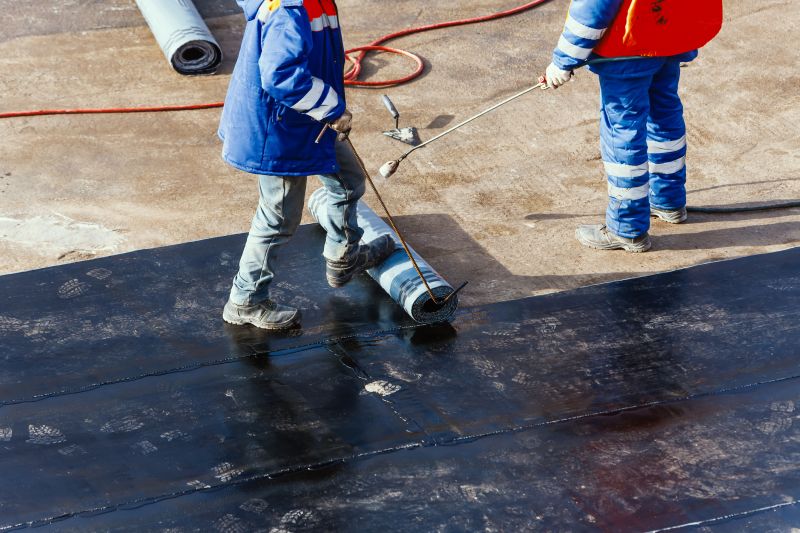
The short, realistic tool list for quality Waterproofings.
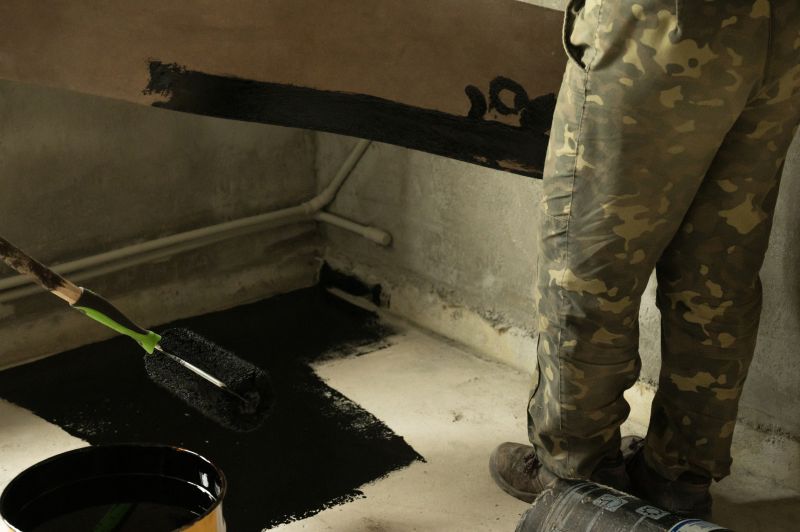
Rough timing from prep to clean-up for Waterproofings.
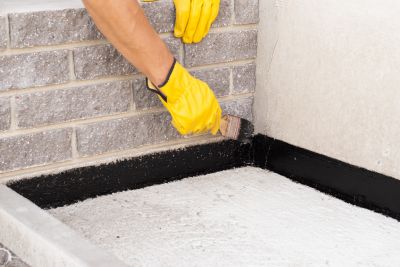
Quick checks and paperwork to keep after Waterproofings.
For those interested in waterproofing services, filling out the contact form provides an opportunity to discuss specific needs and scheduling. Proper timing and application techniques are vital for ensuring long-lasting protection against water damage.

